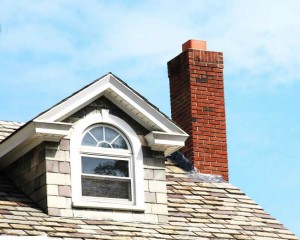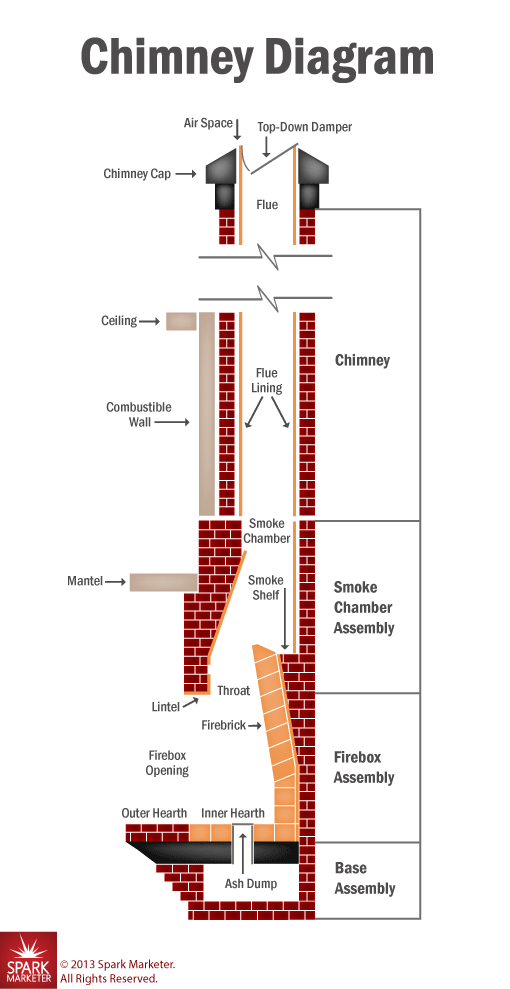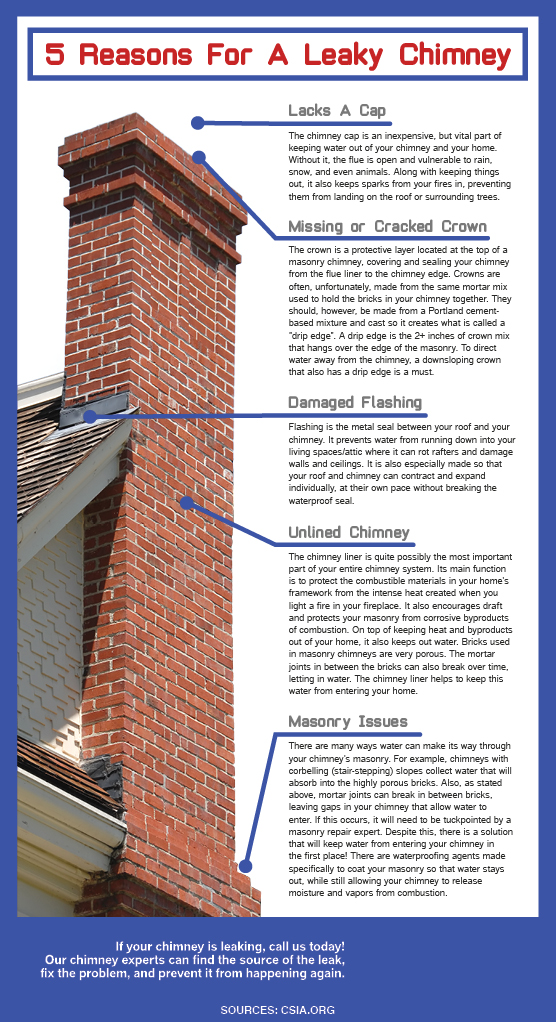Chimney Services » Chimney Maintenance » Page 4
Our Company Blog

by Mike O'Mara | Aug 31, 2015 | Chimney Maintenance, fire safety

Not sure what a damper is or what it does? Weststar Chimney Sweeps is here to help.
At Weststar Chimney Sweeps, we are often asked by our customers to explain damper locks and why they are necessary. These questions typically come from those who have just had a home inspected for real estate purposes and have been told by the home inspector that they need to install damper locks to be compliant with the California Uniform Building Code. We know exactly how to keep you under compliance with this code, and our Chimney Safety Institute of America (CSIA)-certified chimney technicians can install damper locks in your chimney system. We would like to tell you more about damper locks to inform you of this important and necessary safety component.
What exactly is a damper lock?
Also known as a damper clamp or a damper stop, a damper lock is a small C-clamp or steel beam clamp that serves to keep the damper in a fully open position.
Why do I need a damper lock?
According to the California Uniform Building Code, damper locks are required to be equipped on dampers for systems that vent any type of gas appliance. Whenever you burn a fire in your gas appliance, the damper must be locked open for safety reasons. This can prevent carbon monoxide from being forced back into your home. If the damper is closed, this poisonous gas has no way to exit out of the chimney. Without carbon monoxide detector alarms installed in your home, you and your family could easily become seriously ill from carbon monoxide poisoning as this toxic gas is odorless and tasteless.
Why are damper locks only required for gas appliances?
If you forget to open your damper when you are burning wood, the problem becomes obvious when the room quickly fills with smoke after lighting the fire. As we mentioned earlier, there are no obvious signs for not opening the damper during a gas-fueled fire. This is why the California Uniform Building Code has required that the damper be locked in a fully-open position. You will be protected from the dangers of carbon monoxide if you forget to open the damper or if your gas appliance is turned on accidentally.
How can I prevent heat loss from my home when the damper must be locked fully open?
To help keep the heated air from your gas fire inside your home, Weststar Chimney Sweeps can install glass doors in front of your fireplace. However, you should keep in mind that if you have a prefabricated or factory built fireplace, glass doors may not be an option for safety reasons.
Have more questions about damper locks? Contact us at Weststar Chimney Sweeps so that we can help you be compliant to this important state building code.
by Mike O'Mara | Jul 10, 2015 | Chimney Maintenance
A leaking chimney can be the cause of a lot of headaches and damage. It’s best to take every measure to prevent your chimney from leaking in the first place. Below are the common causes of chimney leaks. We are experts when it comes to your chimney and can take measures to waterproof your chimney. Give Weststar Chimney Sweeps a call today!
by Mike O'Mara | May 13, 2015 | Chimney Maintenance
While Weststar Chimney Sweeps is well known for doing chimney business throughout San Diego since 1999, we also serve other areas, including Chula Vista, the second largest city in San Diego County. We are proud to offer a number of our fireplace and chimney services to the residents of Chula Vista, and we would like to tell you a bit more about which services we do provide to this area.

Visual Chimney Inspections
Recommended annually by the National Fire Protection Association and other national fire safety organization, a chimney inspection is one of the best ways you can prevent a devastating chimney fire. Our certified inspectors will look for flue blockages, large deposits of creosote, and any other damage that could make your chimney unsafe to use.
Professional Chimney Sweeping
Also recommended to do once a year by national fire safety organizations, a professional chimney sweeping by our certified sweeps ensures your chimney is properly cleaned to keep your system in its best working order.
Chimney Repairs
Our certified masons can help you with repairing chimney crowns, resurfacing and repairing damaged flue liners, taking care of chimney leaks, repairing damaged flashing, and waterproofing your chimney to prevent water penetration.
Bird Removal
Our professionals can safely remove bird nests to keep your chimney free from hazardous blockages. We can also prevent the birds from returning to live in your chimney in the future.
Chimney Installations
Weststar Chimney Sweeps provides installation services for a wide variety of chimney products, including chimney caps, crown coats, hearth screen replacement, and heat reflectors.
Smoke Stain Removal
Using detergents and solvents designed to remove and dissolve stubborn smoke stains without abrading or discoloring the masonry work, our technicians can safely remove any unsightly smoke stains for you. We also use the Paint N Peel Masonry Stain Remover to clean your fireplace.
Dryer Vent Cleaning
The best way to prevent a clothes dryer fire, a professional dryer vent cleaning by our certified technicians will also save you money on your utility bills.
If you live in Chula Vista, contact Weststar Chimney Sweeps to schedule an appointment with us for any of these services you may need.
by Mike O'Mara | Apr 29, 2015 | Chimney Maintenance
Can you identify the major components of your masonry chimney? If you cannot, you are not alone. Many homeowners have very little knowledge about their fireplace and chimney systems. When you do not know the names of certain parts or what exactly each part is supposed to do, it can be difficult to describe a chimney problem you could be experiencing. Knowing the details of each component of the anatomy of your chimney can help you discuss your issue with chimney professionals, like our staff at Weststar Chimney Sweeps. As part of our responsibilities as Chimney Safety Institute of America (CSIA)-certified chimney sweeps, educating our customers about the major parts of their fireplace and chimney systems is one of our top priorities. We would like to explain each component of the anatomy of a masonry chimney to help you be able to identify these parts and their specific functions.

As identified by the CSIA, the anatomy of a masonry fireplace and chimney system consists of the following parts:
- Mortar Crown – Also commonly known as a chimney crown, this component is located on top of the chimney to prevent water penetration of the bricks and mortar as well as to stop water leaking down the flue and into your home.
- Flue – Found in different shapes and sizes, the flue is the chamber that vents out the corrosive byproducts of combustion from the fireplace. A single chimney can have multiple flues if several fireplaces or stoves are connected to the same chimney. Your flue should always be clear from blockages to allow proper airflow.
- Smoke Chamber – Located above the firebox and below the flue, the smoke chamber allows smoke to mix and rise up the flue. Commonly constructed from terracotta tiles, this part is also known as the chimney throat.
- Smoke Shelf – Functioning with the smoke chamber to push smoke out the flue, the smoke shelf can be found behind the damper and is at the bottom of the chimney.
- Damper – Typically located in the same area as the smoke chamber and smoke shelf, the damper seals your chimney closed when the fireplace is not in use. A very important part of the efficiency of your chimney, the damper needs to function properly to keep heated air from escaping out the chimney when there is no fire.
- Lintel – The heavy piece of angle iron that holds up the bricks over the center of the fireplace, the lintel can be found embedded into the brick.
- Firebox – A crucial part of your fireplace and chimney system, the firebox is a two- or three-walled structure that contains the direct heat of the fire and guides the smoke into the smoke chamber. As the firebox is exposed to such high temperatures, this component tends to deteriorate faster than other parts of the anatomy of your chimney. It is crucial that the firebox is constructed with the right materials and kept in good repair.
- Ash Dump – Located right below the center of the firebox, the ash dump is equipped with a door. When the ash dump door is open, ashes from the fire fall into the ash dump. This component allows for simple ash removal from the firebox.
If you have any questions about any of these parts, get in touch with Weststar Chimney Sweeps. We are happy to tell you more about the anatomy of your masonry chimney.
by Mike O'Mara | Apr 12, 2015 | Chimney Maintenance
Essential for the proper venting of smoke and other byproducts of combustion out of your home, a damper is one of the most important components of your chimney and venting system. Just as an opened window, a opened damper allows air to flow out through the chimney. When the damper is closed, it keeps warm air inside the fireplace and your house. For safety reasons, you should always be sure that your damper is opened when you have a fire burning, but when your fireplace is not in use, your damper should be closed to keep warm air out and cool air in your house during the summer and cold air out and hot air in your home during the winter. If your damper is old and worn out, it should be repaired or replaced as soon as possible to keep your home energy-efficient. To help you decide which type of damper would be best for your chimney, Weststar Chimney Sweeps would like to tell you more about the two different types of dampers and how we can assist you when it is time for a new damper in your chimney.

Throat Dampers
Found at the bottom of your chimney (or also known as the throat of your chimney) directly above your firebox, throat dampers are generally found in old masonry chimneys. Constructed from cast-iron, steel, or stainless steel, a throat damper rests on tracks directly above your fireplace. You operate this type of damper by moving a handle on the damper along its tracks to open and close it manually. Some prefabricated chimneys also have throat dampers; however, these steel dampers are often shaped as a square or circle and are opened and closed with a pull-down handle or a left-to-right lever and do not use tracks. You can also find newer throat dampers, which are inflatable devices that seal off the flue to any extraneous air that comes down the chimney, according to eHow. To ensure you have the best sealant, you should get the correct size for your inner chimney walls. Some disadvantages to this type of damper are they can be easily punctured, are not the most energy-efficient, and do not protect your chimney from birds and animals nesting inside your chimney.
Top-Mount Dampers
When you have an old throat damper that is beyond repairing, Weststar Chimney Sweeps will recommend that you install a top-mount damper, which sits on top of your chimney and can also serve as a chimney cap. Very energy-efficient, a top-mount damper is equipped with a silicone rubber gasket to provide an air-tight seal. Constructed from iron or steel, a top-mount damper functions well as a chimney cap when closed. This type of damper will protect your inner chimney from water leaks, debris, and bird and animal invasions. Although the main disadvantage of a top-mount damper is that it is more expensive than a throat damper, you will end up saving money on your heating and cooling bills as well as on costly repairs to your chimney caused by water leaks or nesting animals. Easy to operate, a stainless steel cable runs down your chimney to the firebox, and you simply pull on the cable to both open and close the damper.
Want to know more about these two different types of dampers? Contact Weststar Chimney Sweeps to let our staff help you decide which damper is right for your chimney.
by Mike O'Mara | Mar 22, 2015 | Chimney Maintenance
Do you live in an older home with a masonry chimney? If so, it probably has a clay tile flue liner. Clay tiles have been used to line chimney flues since the beginning of the 20th century, and there are excellent reasons why. These tiles can withstand extremely high temperatures, and they hold up well against the corrosive byproducts of combustion that pass through the flue on their way out of the chimney. Once installed, clay liners will stay in good shape up to 50 years. However, when the clay tiles become cracked and chipped over time, it can be costly to repair them or to replace the liner as it is a very difficult and time-consuming task. When the HeatShield Chimney Repair and Resurfacing System was developed around 20 years ago in Europe, repairing and relining a clay tile liner became so much easier and less costly. At Weststar Chimney Sweeps, our technicians are experienced with using HeatShield, and our customers who have had their clay flue liners repaired or replaced with this product have all been very satisfied. We would like to tell you more about HeatShield and what it can do for your clay tile-lined chimney.

What exactly is HeatShield?
Made from a specially formulated “Cerfractory” sealant material, HeatShield can restore the integrity of your chimney’s flue to vent out toxic gases from your home. Eliminating the dangers in your flue caused by cracks, gaps, and spalling, HeatShield will make your chimney as safe and as efficient as it originally was when first built. Depending on the condition of your clay tile liner, the Joint Repair system or the Resurfacing System will be used.
What does the Joint Repair system do?
If our chimney inspectors at Weststar Chimney Sweeps only find mortar joints in your clay tile liner that are deficient, we will use the Joint Repair system. First we will make a custom-made foam applicator blade to fit your chimney. Once this tool has been inserted into your chimney and positioned below each gap or void, we will then add the HeatShield Cerfractory Flue Sealant mixture. Each void and gap will be filled, and when we pull out the foam applicator blade, it will smooth the filled gaps and voids as it comes out of your chimney. Then we scan the repair with a special video camera to be sure the repairs have been done correctly.
What does the Resurfacing System do?
If your chimney liner has a flue that is spalled, but is also structurally still sound, we will use the Resurfacing System. We will pull a custom-fit foam applicator from the bottom of the flue up through top by way of a wench attached to the top of the chimney. We then prime and clean your old liner with a “tie coat” material, which is applied to the flue walls by pulling the plug upwards with the winch. After this coat dries, we then apply the HeatShield mixture with the foam plug in the same way we applied the primer. This method is called “slip casting” or “slip cast extrusion.” After this is applied, we will look at the scanned video to be sure your entire chimney is sealed and smoke-tight.
Have more questions about HeatShield? Contact Weststar Chimney Sweeps to talk to our staff to see if HeatShield is right for your clay tile chimney liner.






